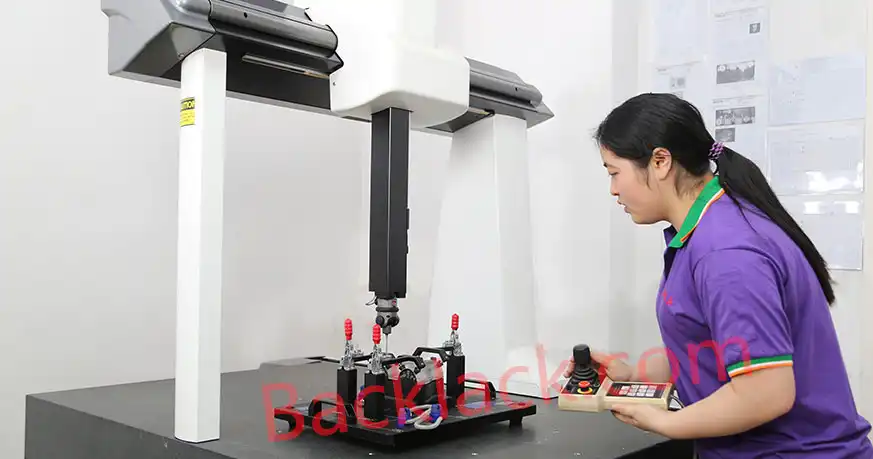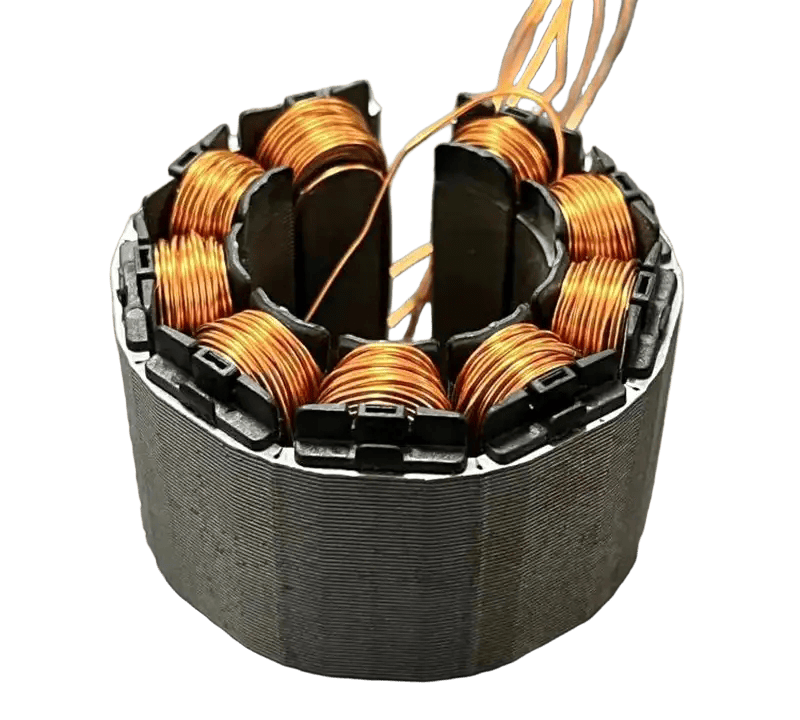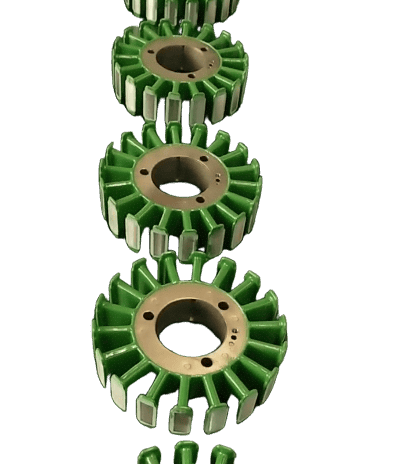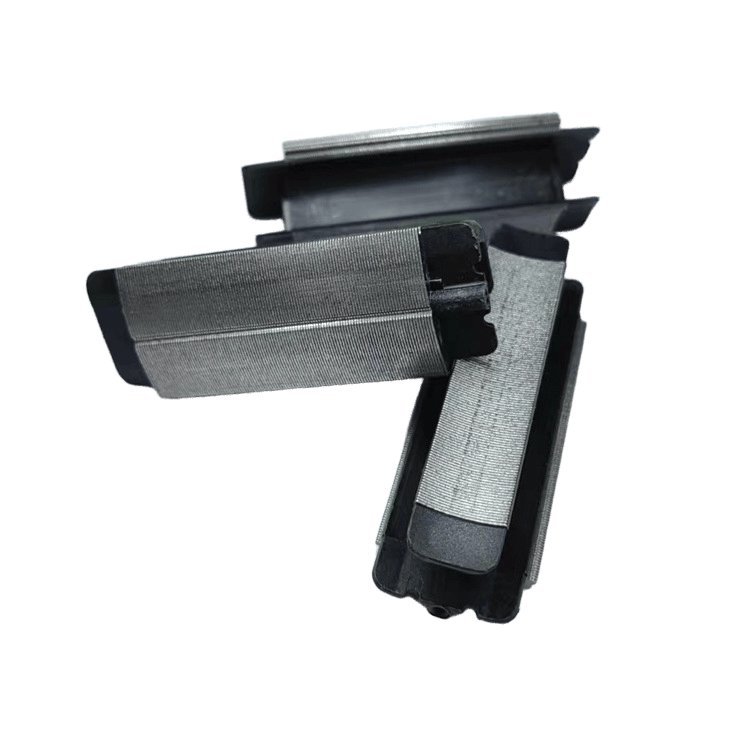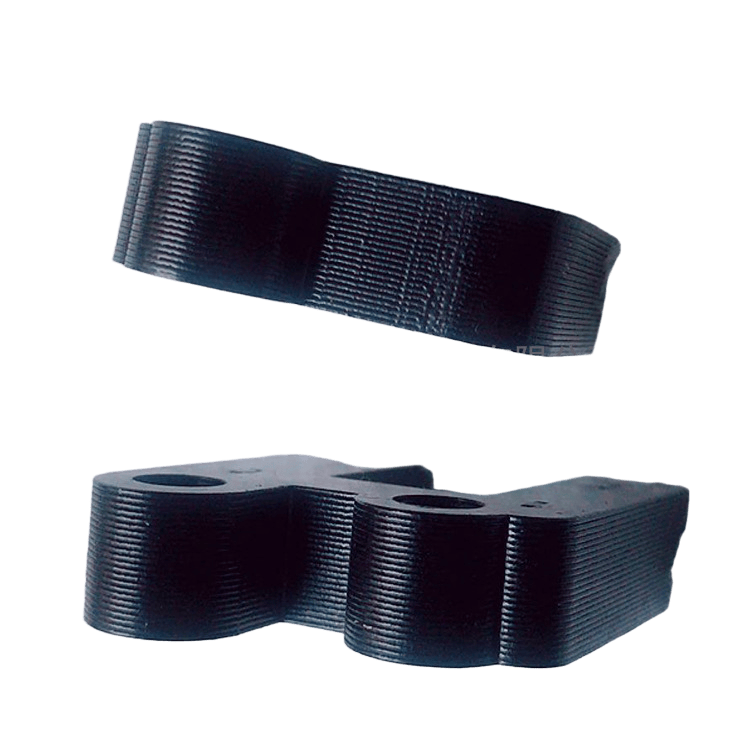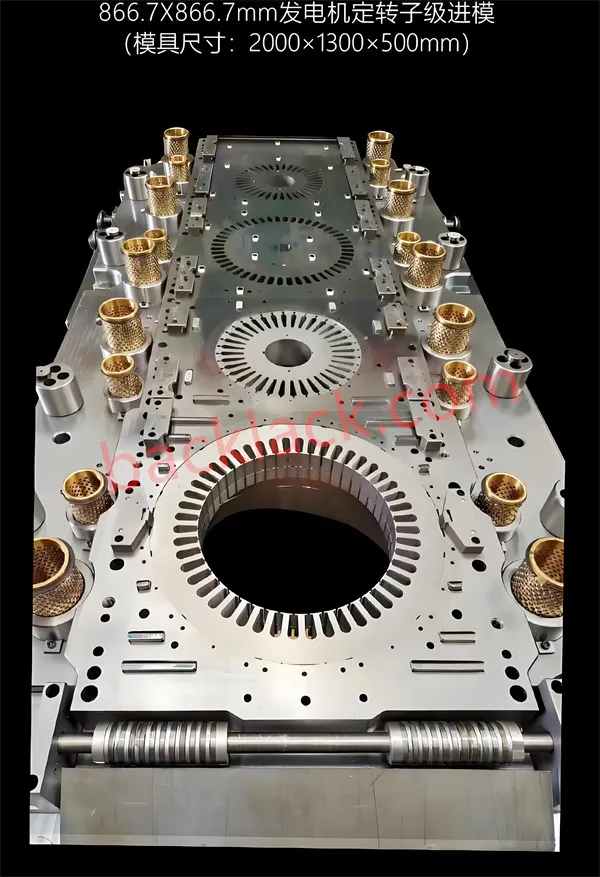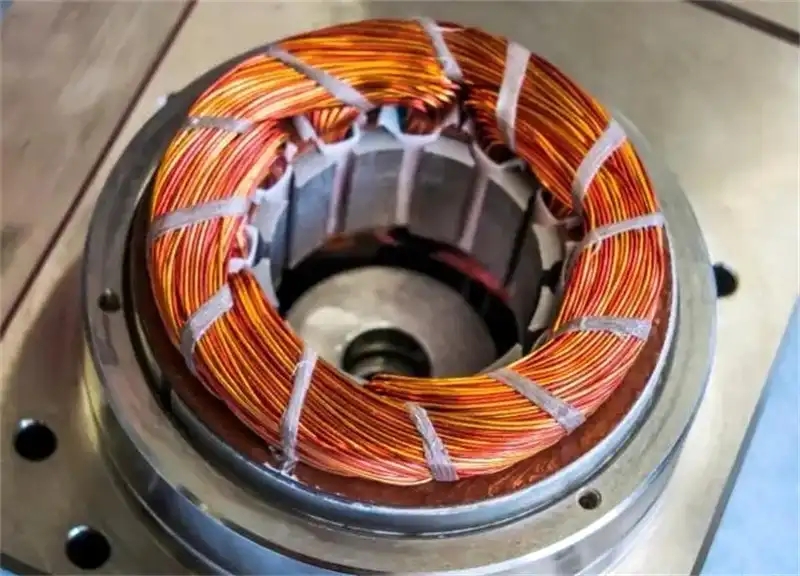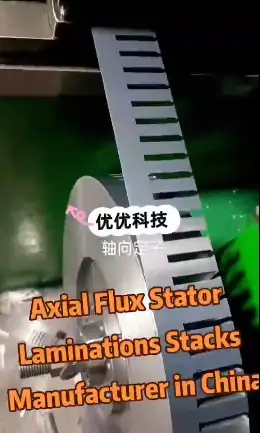Comparison of process principles: "two philosophies" of error compensation
1). Direct stacking process: simple and crude "stacking art"
Core logic:
Single-piece punching is directly stacked at the same angle, and fixed by mechanical bite of protrusions and depressions
Advantages:
Defects:
2). Large rotation process: "dynamic correction" of errors
Core logic:
Each punching sheet rotates a specific angle (45°-180°), and the material thickness error is offset by offset lamination
Advantages:
Challenges:
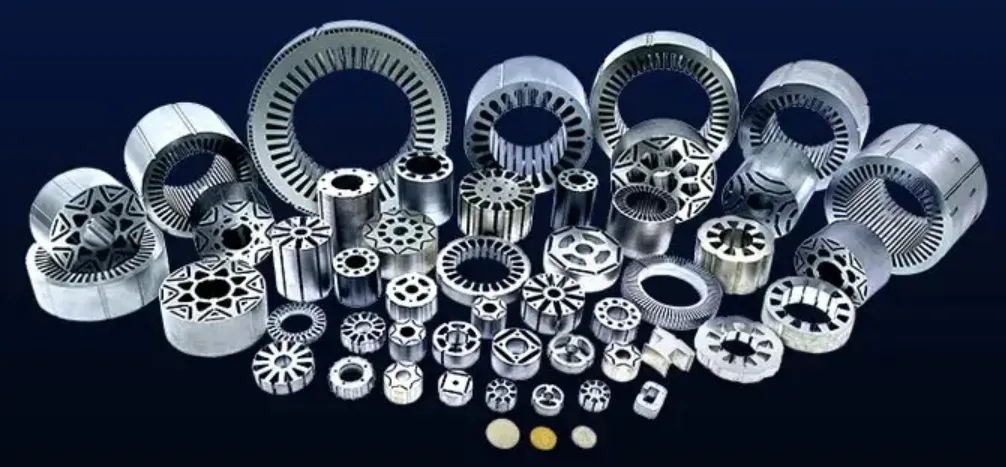
Key Performance Indicators Showdown
| Indicators | Direct stacking process | Large rotation process |
|---|---|---|
| Material utilization rate | 95% (no waste) | 85%-90% (process edges need to be cut off) |
| Dynamic balancing accuracy | >0.1g·mm/kg | <0.05g·mm/kg |
| Iron loss (W/kg) | 1.8-2.2 (1.5kHz) | 1.5-1.8 (1.5kHz) |
| Mold life | 100 million times (ordinary carbide) | 80 million times (high wear-resistant coating required) |
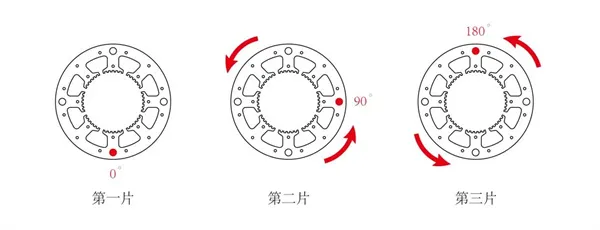
“Battlefield division” of application scenarios
1). The "base" of the direct stacking process
2). The "high ground" of large-rotation technology

Future trends: from "opposition" to "fusion"
Hybrid lamination technology
Intelligent compensation algorithm
New material adaptation
Conclusion
Choosing a process is choosing a track
Driven by the "dual carbon" goal, new energy vehicle motors are undergoing a transition from "usable" to "extreme performance". The direct stacking process protects the economical market with low cost, and the large rotation process opens up the high-end field with high precision. In the future, the integration and intelligent upgrading of the two may redefine the competition rules of motor manufacturing.
